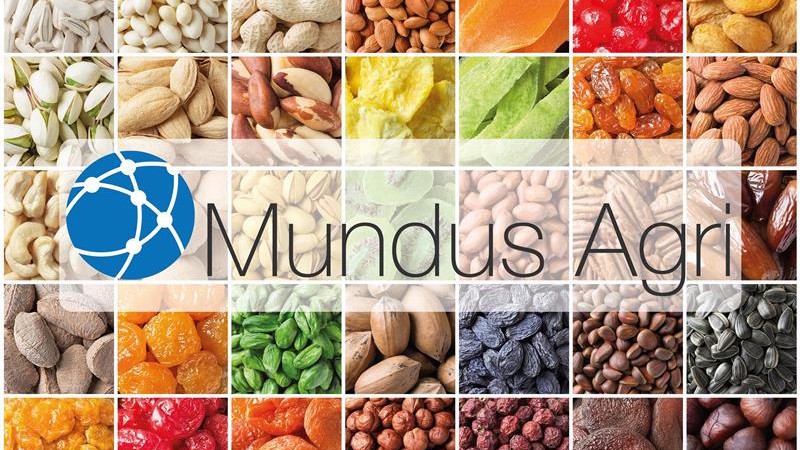WASDE report: wheat, corn, soy - all crops are increasing
May 13, 2020 at 1:54 PM ,
Der AUDITOR

According to the USDA, the world wheat crop 2020/2021 is expected to increase to 768.49 million metric tonnes, compared to 764.32 million metric tonnes last year, which would represent an increase of 0.5%. World wheat stocks will then rise by 5.0% to 310.12 million metric tonnes. The main increase is due to the Australian wheat crop, which at 24.00 million metric tonnes is expected to be 57.9% higher than last year. Russia's wheat crop also increased by 4.76% to 77 million metric tonnes. In contrast, the EU wheat crop is expected to be 7.6% lower than last year at 143.00 million metric tonnes. EU final wheat stocks are expected to decline slightly by 300,000 metric tonnes to 13.05 million metric tonnes, after initial stocks were raised from 10.3 to 13.35 million metric tonnes compared to the April forecast.
|
World wheat crop 2020/2021 in 1,000 mt (forecast) |
||
|
Country |
2020/21 |
2019/20 |
|
USA |
50,780 |
52,260 |
|
Canada |
34,000 |
32,350 |
|
Argentina |
21,000 |
19,500 |
|
Australia |
24,000 |
15,200 |
|
China |
135,000 |
133,590 |
|
India |
103,000 |
103,600 |
|
Russia |
77,000 |
73,610 |
|
Ukraine |
28,000 |
29,170 |
|
Kazakhstan |
13,500 |
11,450 |
|
EU-28 |
143,000 |
154,780 |
|
World |
768,490 |
764,320 |
|
USDA |
||
According to the US Department of Agriculture, the world corn crop in 2020/2021 is expected to increase to just under 1.187 billion metric tonnes, compared with 1.115 billion metric tonnes last year, which would be an increase of 6.5%. World corn stocks will then rise by 7.9% to 339.62 million metric tonnes. The main increase is due to the US corn crop, which is expected to increase by 17.1% to 406.29 million metric tonnes. The Ukrainian corn crop could increase by 8.7% to 39 million metric tonnes. The EU corn crop will increase by 3.0% to 68.3 million metric tonnes.
|
World corn crop 2020/2021 in 1,000 mt (forecast) |
||
|
Country |
2020/21 |
2019/20 |
|
USA |
406,290 |
347,050 |
|
Argentina |
50,000 |
50,000 |
|
Brazil |
106,000 |
101,000 |
|
China |
260,000 |
260,770 |
|
South Africa |
14,000 |
16,000 |
|
Ukraine |
39,000 |
35,890 |
|
EU-28 |
68,300 |
66,300 |
|
World |
1,186,860 |
1,114,750 |
|
USDA |
||
The world soybean crop 2020/2021 is expected to increase to 362.76 million metric tonnes, compared to 336.11 million metric tonnes last year, which is an increase of 7.9%. World soybean stocks are expected to decline by 1.9% to 98.39 million metric tonnes. The main increase in production is due to the soybean crop in the USA, which is expected to increase by 16.0% year-on-year to 112.26 million metric tonnes. On the demand side, the USDA expects China's imports to increase by 4 to 96 million metric tonnes. The decline in world soybean stocks is the result of a 22.3% increase in soybean exports.
|
World soybean crop 2020/2021 in 1,000 mt (forecast) |
||
|
Country |
2020/21 |
2019/20 |
|
USA |
112,260 |
96,790 |
|
Argentina |
53,500 |
51,000 |
|
Brazil |
131,000 |
124,000 |
|
China |
17,500 |
18,100 |
|
India |
10,900 |
10,900 |
|
EU-28 |
2,630 |
2,630 |
|
World |
362,760 |
336,110 |
|
USDA |
||





